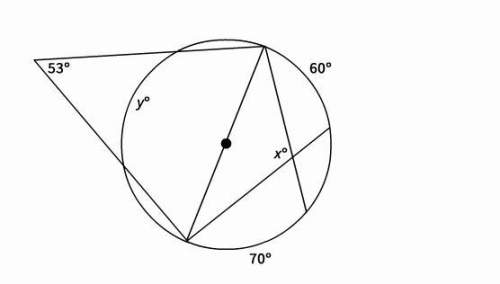
Mathematics, 25.05.2021 18:40 kmcpig
Part B
Think back to Task 1 of these Lesson Activities. Finding the area of a polygon using only coordinates can be tedious. Fortunately, you do have access to additional tools that help you find the area of a polygon while following the same basic methods. This is especially helpful when polygons are irregular or have many sides.
Next you will use GeoGebra to find the area of a polygon divided into a set of triangles. Go to area of a polygon, and complete each step below:
Partition the polygon into triangles by drawing line segments between vertices.
For each triangle, draw an altitude to represent the height of the triangle. Place a point at the intersection of the height and the base of each triangle.
Use the tools in GeoGebra to find the length of the base and the height of each triangle. (Because the values displayed by GeoGebra are rounded, your result will be approximate.)
Compute the area of each triangle, and record the results below. Show your work.
Add the areas of the triangles to determine the area of the original polygon, and note your answer below.
In part B, you used a combination of GeoGebra tools and manual calculations to find the approximate area of the original polygon. Now try using the more advanced area tools in GeoGebra to verify your answer in part B. Which method did you choose? Do your results in parts B and C match?

Answers: 3


Another question on Mathematics

Mathematics, 21.06.2019 23:30
Find the measure of angle y. round your answer to the nearest hundredth. ( type the numerical answer only) a right triangle is shown with one leg measuring 5 and another leg measuring 14. an angle across from the leg measuring 5 is marked y degrees. numerical answers expected!
Answers: 1

Mathematics, 22.06.2019 04:20
When booking personal travel by air, one is always interested in actually arriving at one’s final destination even if that arrival is a bit late. the key variables we can typically try to control are the number of flight connections we have to make in route, and the amount of layover time we allow in those airports whenever we must make a connection. the key variables we have less control over are whether any particular flight will arrive at its destination late and, if late, how many minutes late it will be. for this assignment, the following necessarily-simplified assumptions describe our system of interest: the number of connections in route is a random variable with a poisson distribution, with an expected value of 1. the number of minutes of layover time allowed for each connection is based on a random variable with a poisson distribution (expected value 2) such that the allowed layover time is 15*(x+1). the probability that any particular flight segment will arrive late is a binomial distribution, with the probability of being late of 50%. if a flight arrives late, the number of minutes it is late is based on a random variable with an exponential distribution (lamda = .45) such that the minutes late (always rounded up to 10-minute values) is 10*(x+1). what is the probability of arriving at one’s final destination without having missed a connection? use excel.
Answers: 3

Mathematics, 22.06.2019 04:30
Atoss of a 20-sided die is equally likely to be any integer between 1 and 20 inclusive. what is the variance? provide your answer to two decimal points.
Answers: 1

Mathematics, 22.06.2019 05:00
Catherine saved some money and plans to add the same amount each week to her savings account. the table represents the number of weeks that she will save, x, and the total amount of money that she will have in her account, y. weeks, x dollars in account, y 4 74 6 86 9 104 11 116 which linear equation represents catherine’s situation?
Answers: 1
You know the right answer?
Part B
Think back to Task 1 of these Lesson Activities. Finding the area of a polygon using only co...
Questions








Mathematics, 04.01.2022 15:20


Health, 04.01.2022 15:20

Mathematics, 04.01.2022 15:20


Mathematics, 04.01.2022 15:20


Mathematics, 04.01.2022 15:20



Computers and Technology, 04.01.2022 15:20





